Image above by photographer Lisa Bukreyeva.
“I want humans to tell me what to look at, I don’t want a computer to tell me. Great art shows us a truth about ourselves and about the human experience and I just can’t imagine an algorithm getting that right.”
This was one of the first things Chikai Ohazama said to me during a recent call where we talked extensively about Monolith Gallery, a platform he launched in April to not only provide more visibility to more artists but to do the same for curators as well. I was curious how his previous experiences as co-creator of Google Earth might inform the future of Monolith and his idea for a reimagined gallery space. At some point I randomly mentioned my early obsession with Pokémon Go and how I felt it deserved a spot on a very short list of products that have completely changed people’s relationship with technology. I can’t help but go off on many tangents during interviews and it turned out that this was a timely one.
Ohazama revealed some big news that I’m excited to share with you all now. He is officially joining Niantic (the AR company behind Pokémon Go) as their Director of Web3! The best part is the position allows him to continue to work on his personal projects like Monolith and to stay connected to the creative community while he leads Niantic’s web3 efforts.
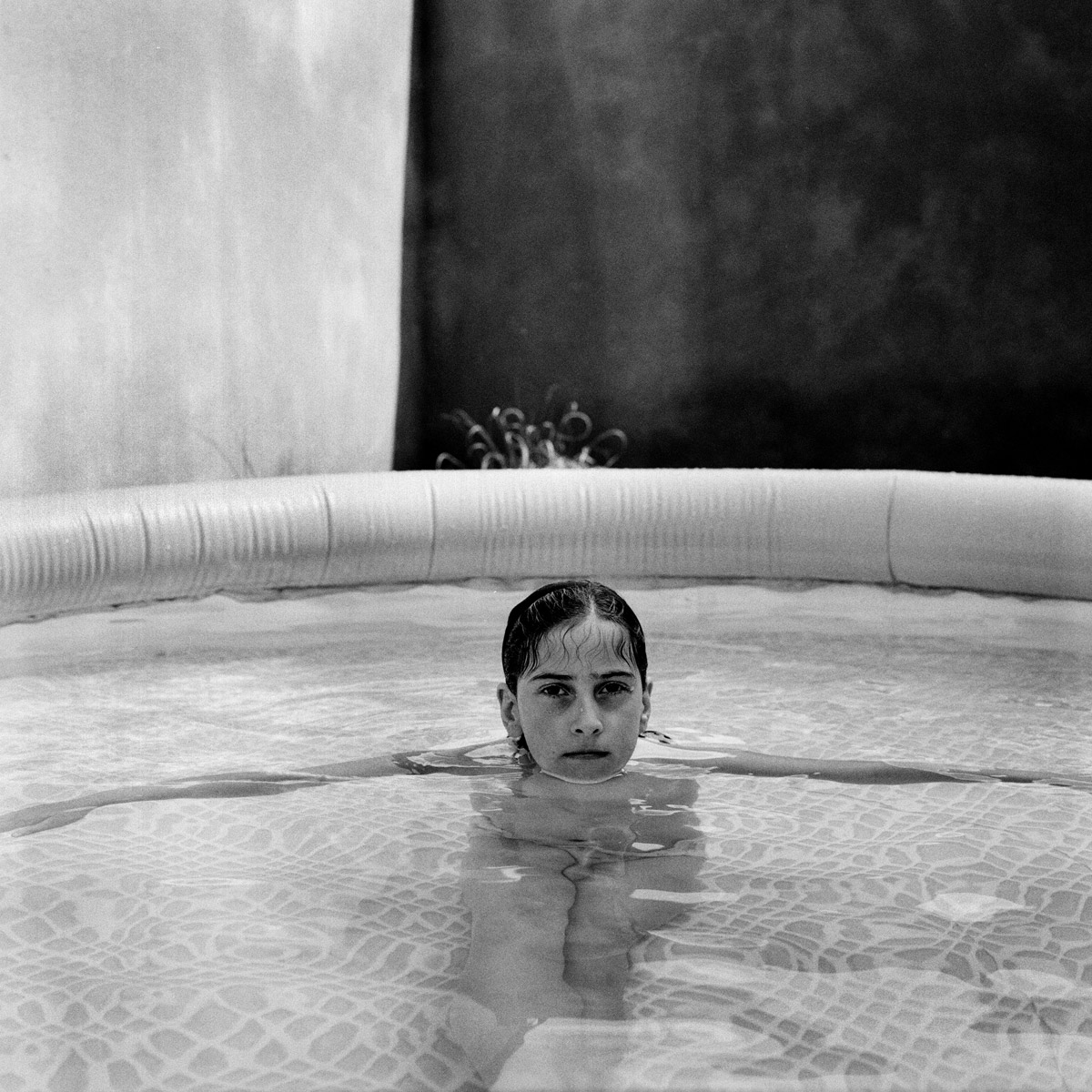
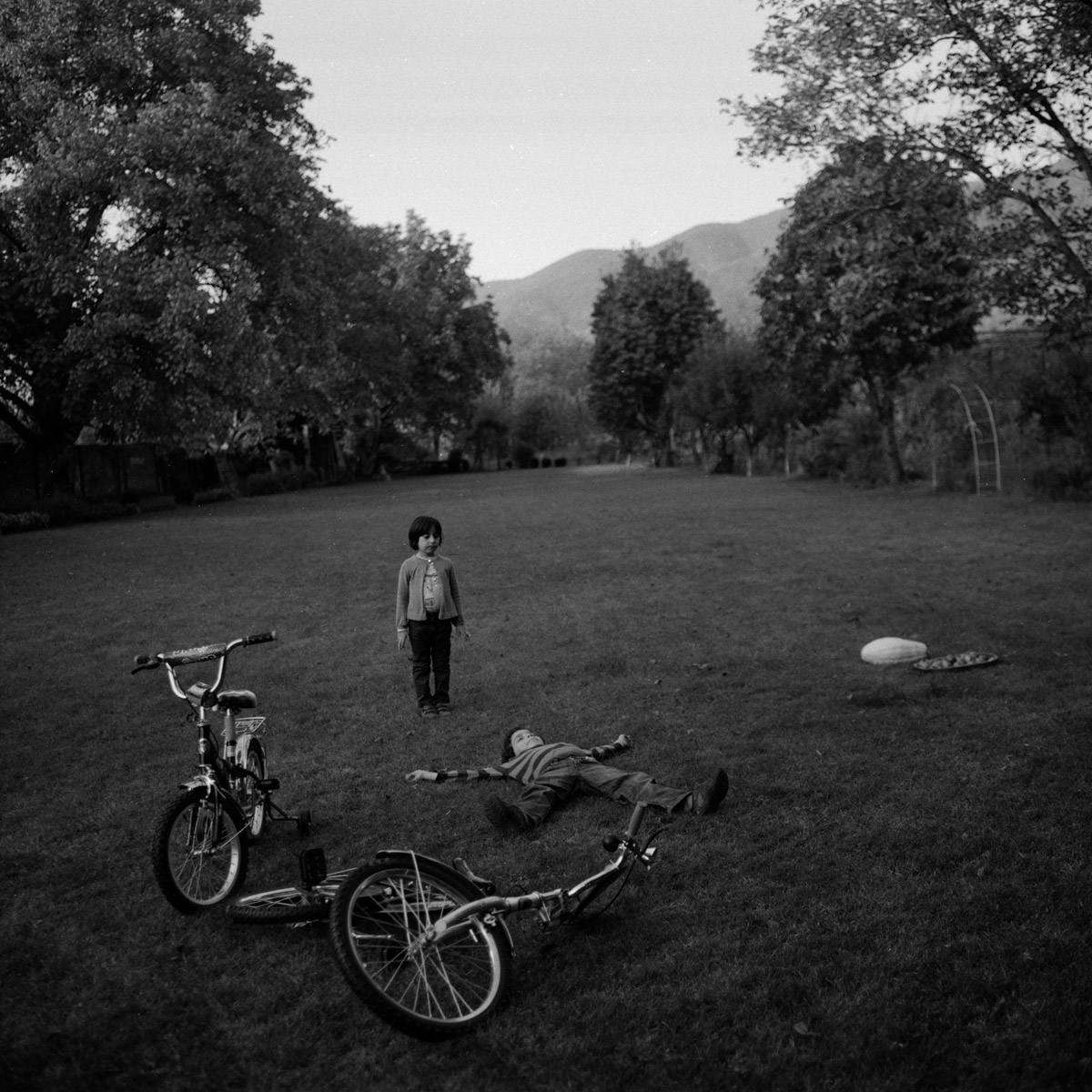
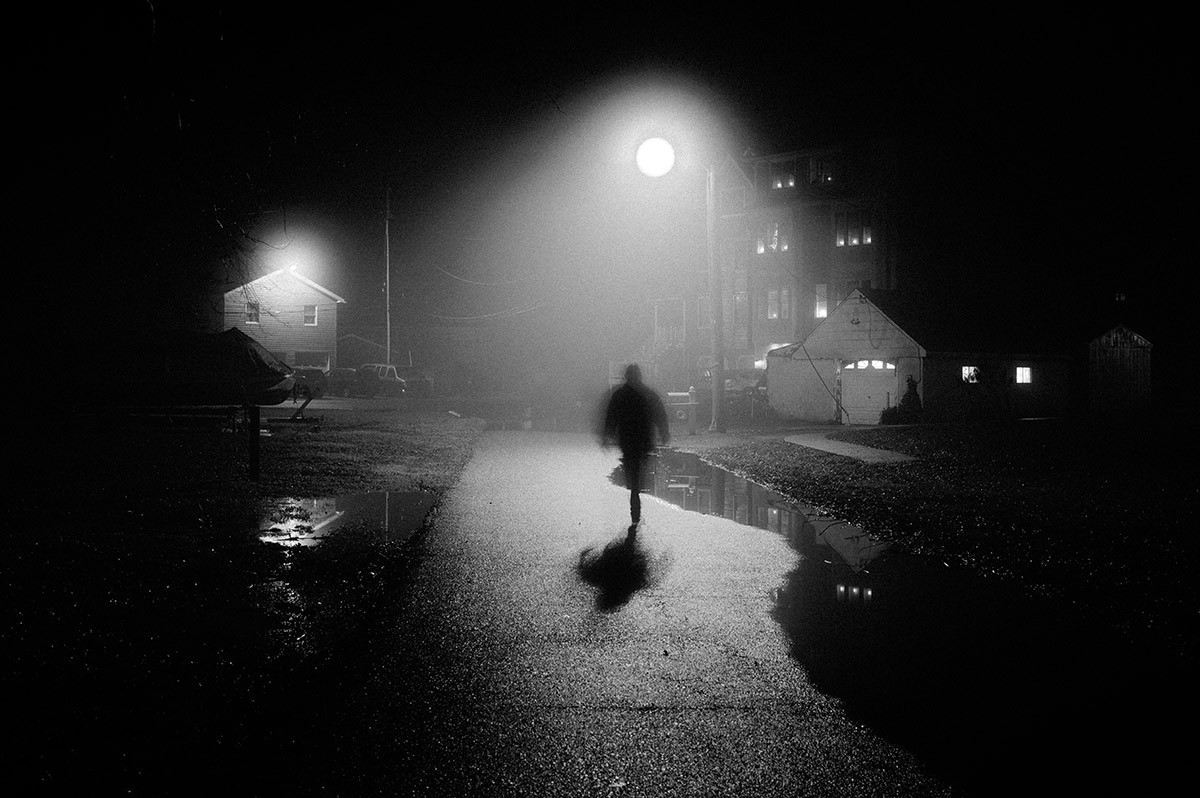
Do you feel any sort of duty beyond simply picking stuff that you like?
The idea that I have any opinion that matters at all is really a strange phenomenon for me. Like when I started a year ago nobody cared what I said, I would tweet something and one person, my friend, would like it and that was it. That is not the way it is today. It’s something I’m trying to embrace and value and use for good—to highlight artists or help people. It’s less duty but more of just ethos and values. I do value diversity, I do value multicultural backgrounds, I do value hearing stories from across the world. That has always been the case for my interactions with the community so when it came time to have people submit work they ended up being diverse in terms of backgrounds. I definitely strive for it but it’s something that is happening naturally because of how I’ve built my community. I had a large number of Nigerian artists apply for exhibition 1 at Monolith, it was amazing.
My goal for curation is not to say what’s good or bad, what’s art or not. All I want is for people to tell a good story. And I want to share stories which are as diverse as possible, the broadest picture I can paint, to say the world is much bigger than you might think when you look outside your door.
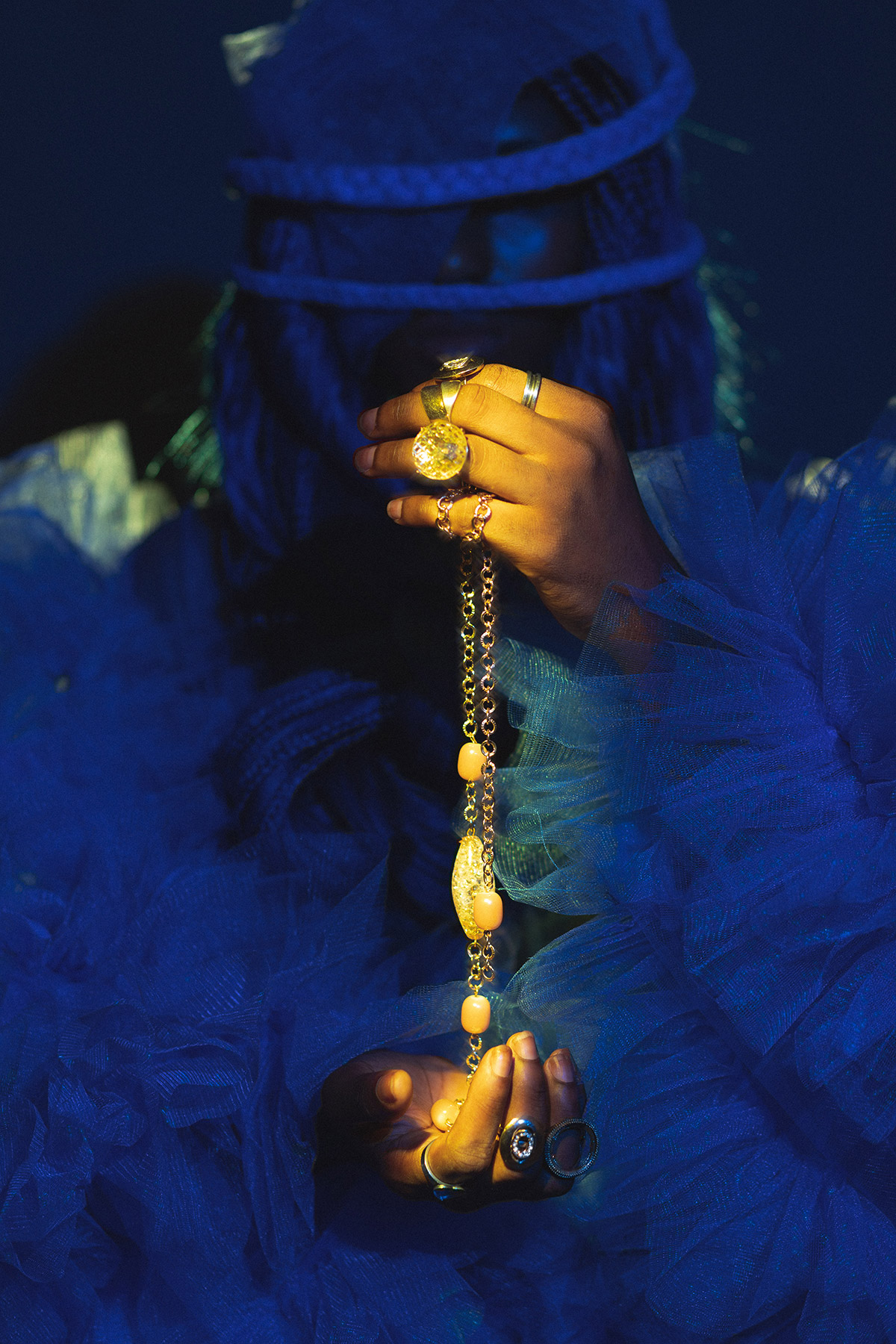
If you put out a call and everyone who submits is a white male creator then I guess that says something about who is in your community.
Yeah!
Can you talk about your initial idea for the gallery?
The impetus for Monolith was the idea that we’re in this metaverse, there are no physical constraints, you can build anything you want. Why build the same four white walls that exist in a traditional gallery? My idea was to use the landscape of the earth as the gallery and to utilize AR technology to have art drop down from the sky like a monolith from 2001: A Space Odyssey and give the work the space that it deserves. I knew the AR version was too far out so it was a question of what can I do today? So I approached landscape photographers to use their images to sort of proxy that and then virtually do it on the webpage. As I started doing it I thought why not do 3D and other art too, so I started reaching out to all these other people to also create these halls. It had this multiplying effect where you had the artist who designed the hall and an artist displaying their work in that hall. There was a synergy—people were so happy to see their work in each other’s halls and it created a bond between them.
Instead of some billionaire coming in and paying for a whole wing of a museum and having it named after them, here an artist comes in and just contributes a work and is treated the same as this billionaire and has the hall named after them. I love honoring and giving attribution to artists in the same way we’ve done it for people in the wealthy community. Giving that same type of respect because the artist is contributing something of high value but it’s their art.
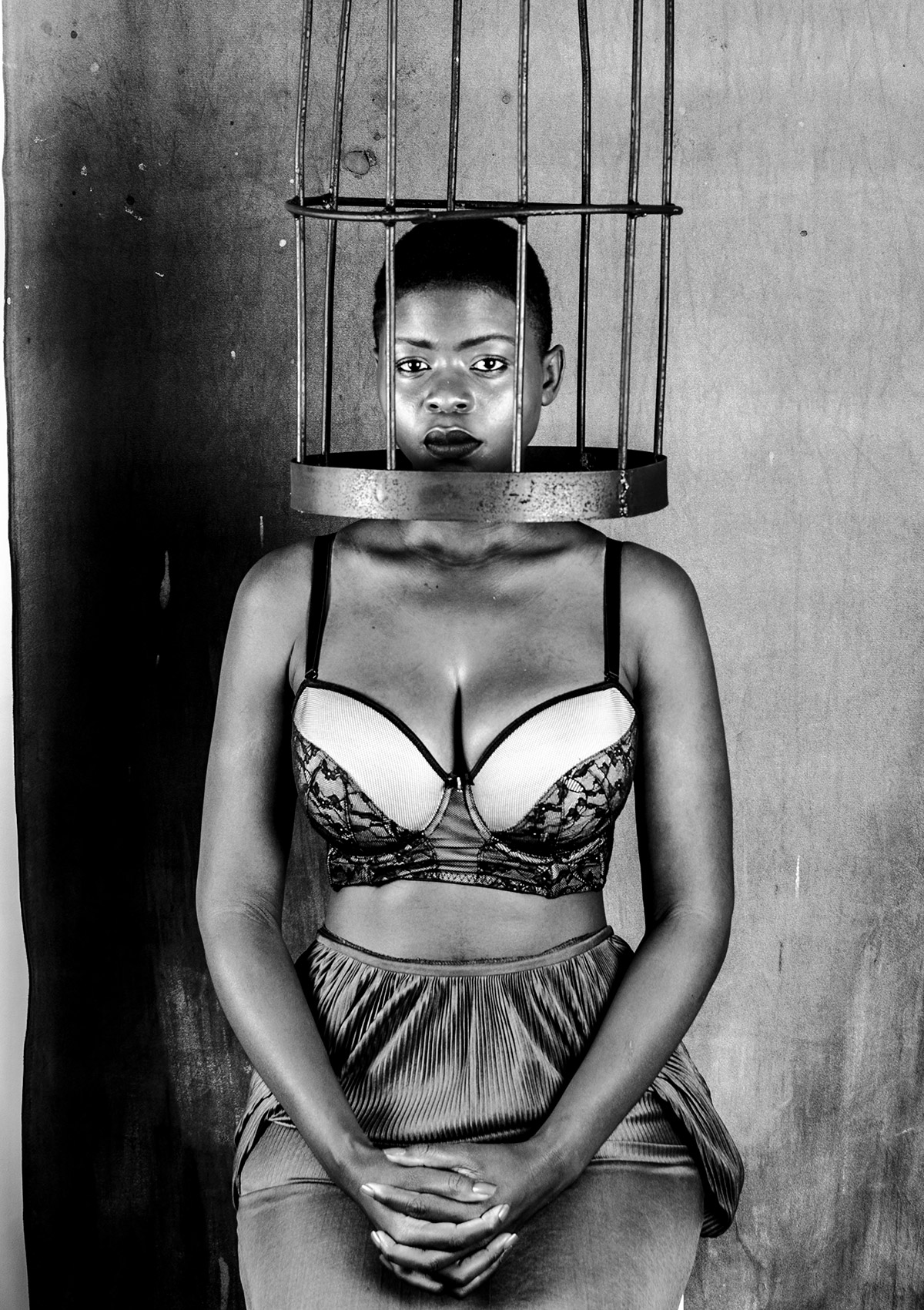
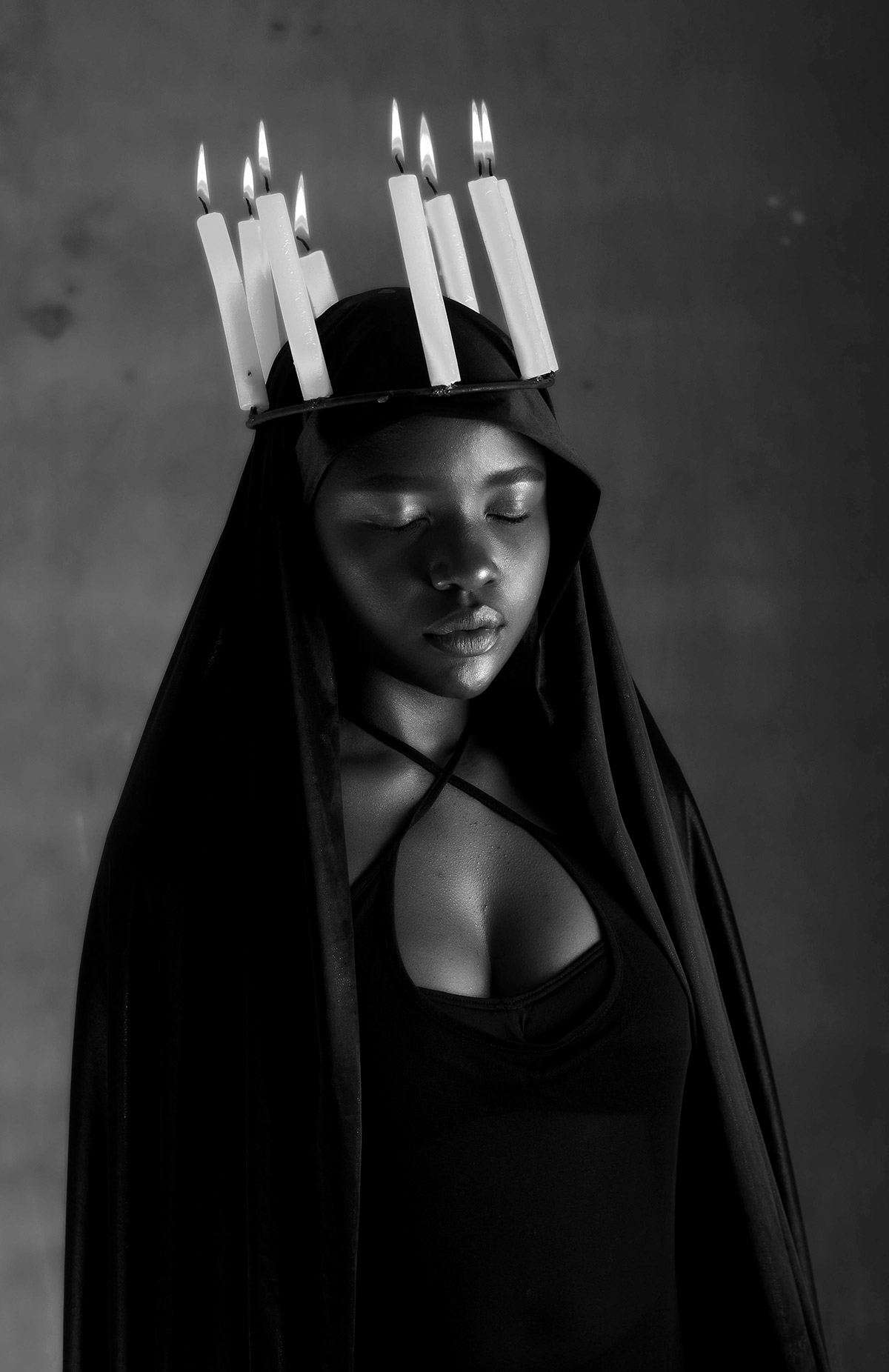
I saw that you don’t take a commission on any of the work shown on the platform and the only requirement to submit is that you’re either the owner or the creator of the NFTs you are submitting. Accessibility is obviously important to you. How do you feel about the term gatekeeper?
I do want to change the meaning of curator from gatekeeper to advocate—being an advocate for the artist. It doesn’t mean you don’t get paid or have a mutual interest in their success but you’re not there to keep artists out, you’re there to be of service to artists and speak out for them. The other part to it is you want to be inclusive yet you have to also be exclusive—there’s a duality to it, so how do you deal with it? The way I’ve done it personally is to have the Monolith website be very inclusive, anybody can apply, almost everybody could get in. I really work with the artists to develop their stories and I tell them what they need to work on to get in. So it’s not like you’re rejected, you just may need to do some work. Some people do the work, some people don’t.


I’ve seen you tweeting about the upcoming Monolith Gallery x SuperRare Spaces partnership. I would assume this is more on the curated side and there is a commission structure there?
The Monolith Gallery x SuperRare Space is very exclusive. Only certain people who I pick get to be on there because I’m helping sell the piece. It’s on the SuperRare platform and I do get a commission, so there is an interest to sell the piece. On the Monolith site I don’t take any commission because I want it to be the lowest barrier to let people in but I do have this other exclusive forum. It’s a very different curatorial style because, to be very blunt, it’s meant to sell. The artist and I both want the piece to find a collector. Whereas Monolith covers the diversity of art, people and the world and I just want to highlight art and artists who aren’t getting the attention they deserve and help them find their audience. I like having both because it allows me to be both exclusive and inclusive at the same time.
It must be exciting for you, to go back to Niantic with all the changes that are happening with the web now.
I’ve known these people for almost 30 years! It’s almost like a homecoming in some regards. There were lots of others that may have wanted me as part of their team but there is no other team on the planet that I have this long of a history and a connection with. Having gone through incredible times with Google Earth and also some incredibly tough times with the dot com crash—we had to survive. So it’s a special, special, group of friends that I have known for a very large percentage of my career.
Thinking about Pokémon Go and NFTs and their AR technology, there are just so many possibilities.

What’s the future gonna look like?
People right now value physical things, things they can touch. People are going to value virtual things more. Given that, you’re gonna want some way to see the thing you bought and show off the thing you bought. It could be an AR thing. If you try to imagine it now, my theory is you would imagine the wrong thing because you just wouldn’t know what people will want in the future. I do think the AR world will be more powerful, more consumable and more friendly to people because it will enhance their lives rather than separate them from it. I would bet more on that than the virtual world.
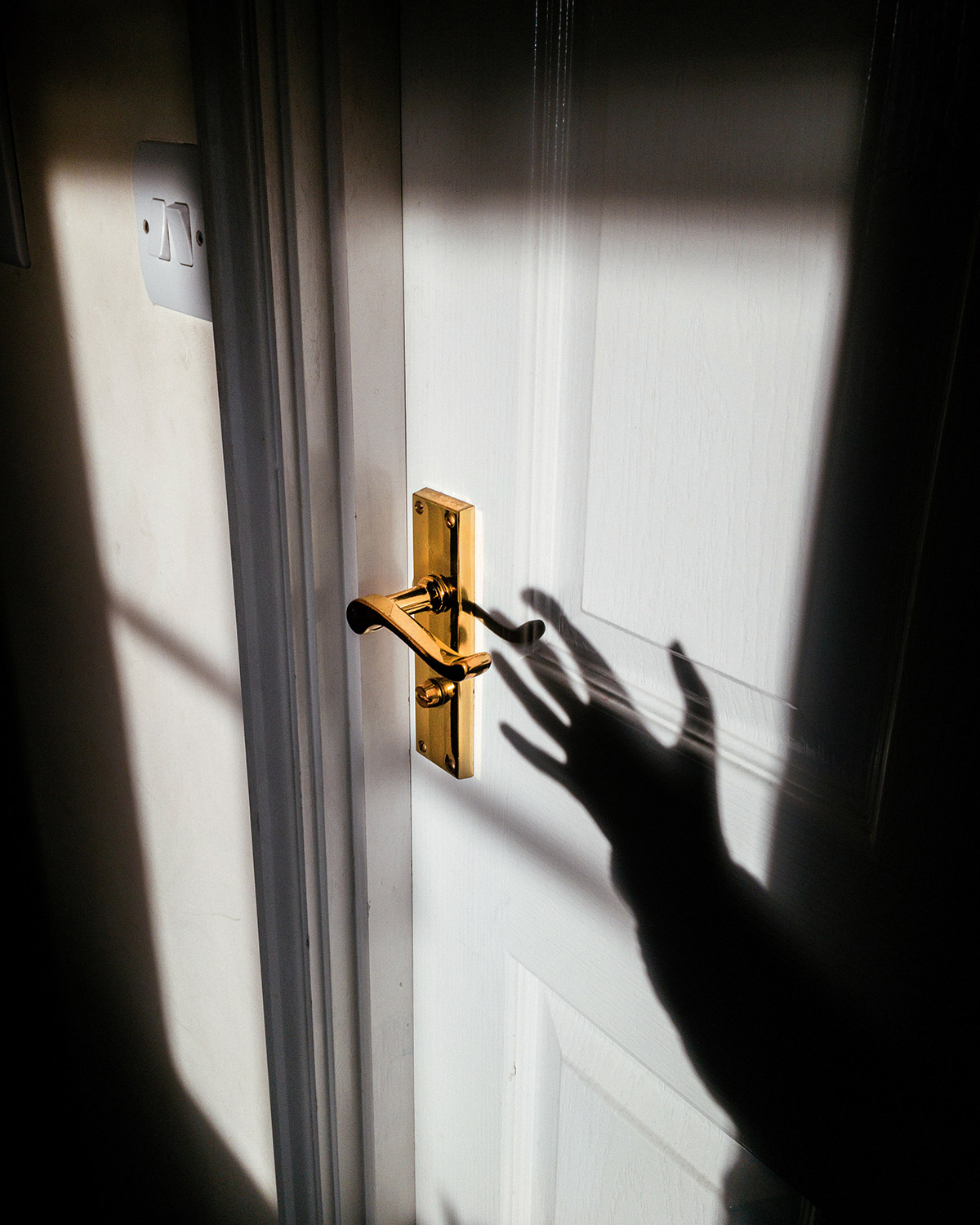
What do you see as the healthiest way forward for the NFT space as a whole?
The key is to support the leaders and the voices who are the good actors. There are a lot of bad actors in the ecosystem who are doing stuff for their own good and only care about themselves and they’re very good at marketing. You don’t want them to win in the end, you want the people who are really here to support the artists with a long term vision and are here to stay versus making a quick buck. The power is not actually in these individuals, it is in the community to support the right ones. I’m trying to tell people you have the power to direct where this goes by choosing who you support, who you follow, who you give power to. The only reason they have power is because you give it to them. Whoever is picked now will probably be a big part of the future. I’m trying to be really mindful of who I support.
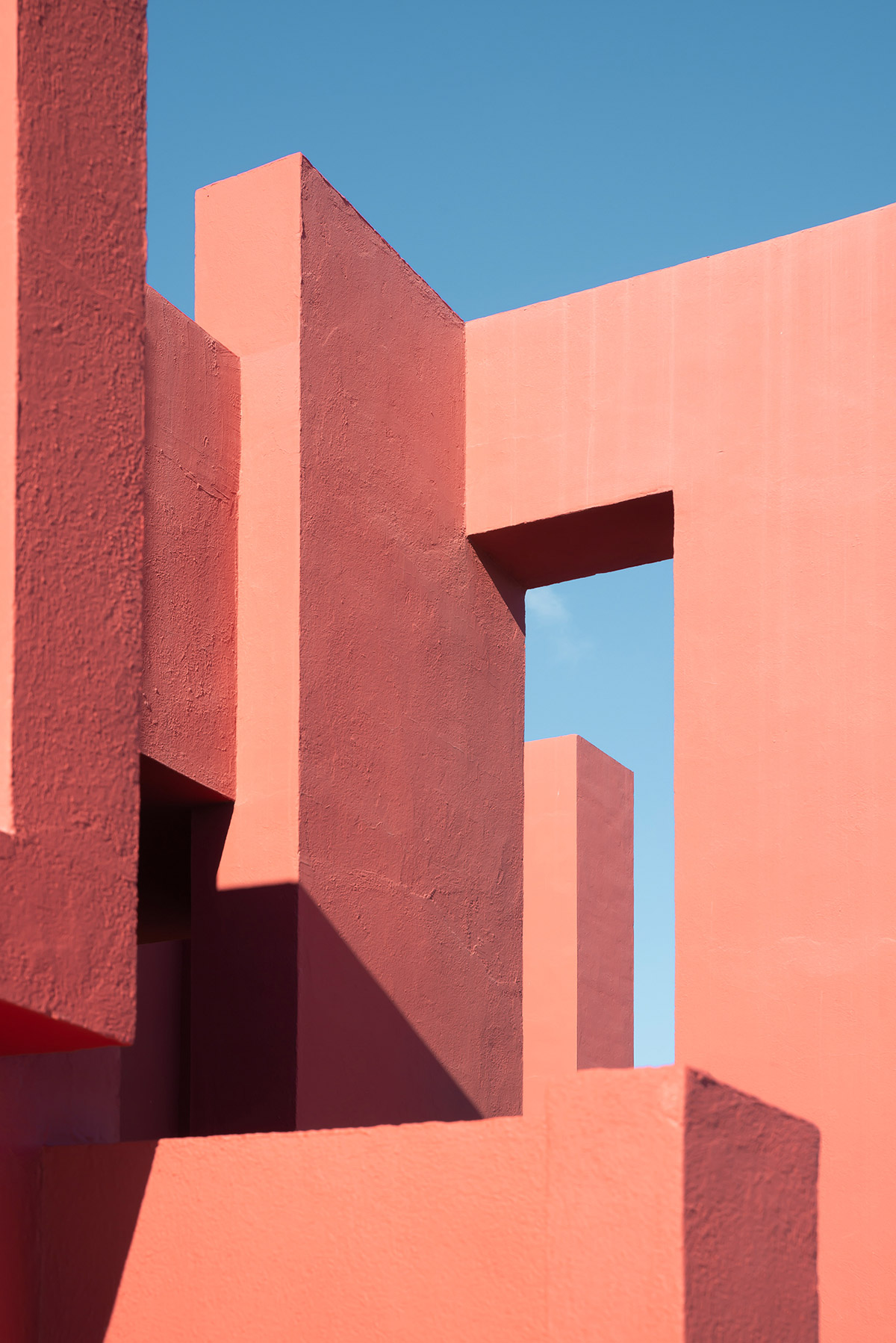

I do believe curators are critical to this future—to have a healthy future. We need to value curation and the curators who do it. They need to be paid or they’re not gonna do it, or they’ll do it for a while and they’ll quit. It has to be lucrative enough for the good ones to make a living and the great ones to be millionaires. There needs to be something to aspire to in that field but it’s not there yet, it’s almost nonexistent.
There is also a rush to get people into the NFT ecosystem and I hope that we don’t jump too early. Someone once said to me that you may have come in for the money, you may have come in for the art, something pulled you in. But the reason most people stay is because of the people and the community. The magic behind NFTs is not the technology, it’s not smart contracts, it’s not the blockchain, it’s the people. We need to get the masses to see that magic, because the magic is not in the purchase, it’s not even in the art, it’s in the community, and until we have the tools to make sure people get that experience I don’t think we should push it too much. I hope we can wait till we build the right infrastructure and the right tools.
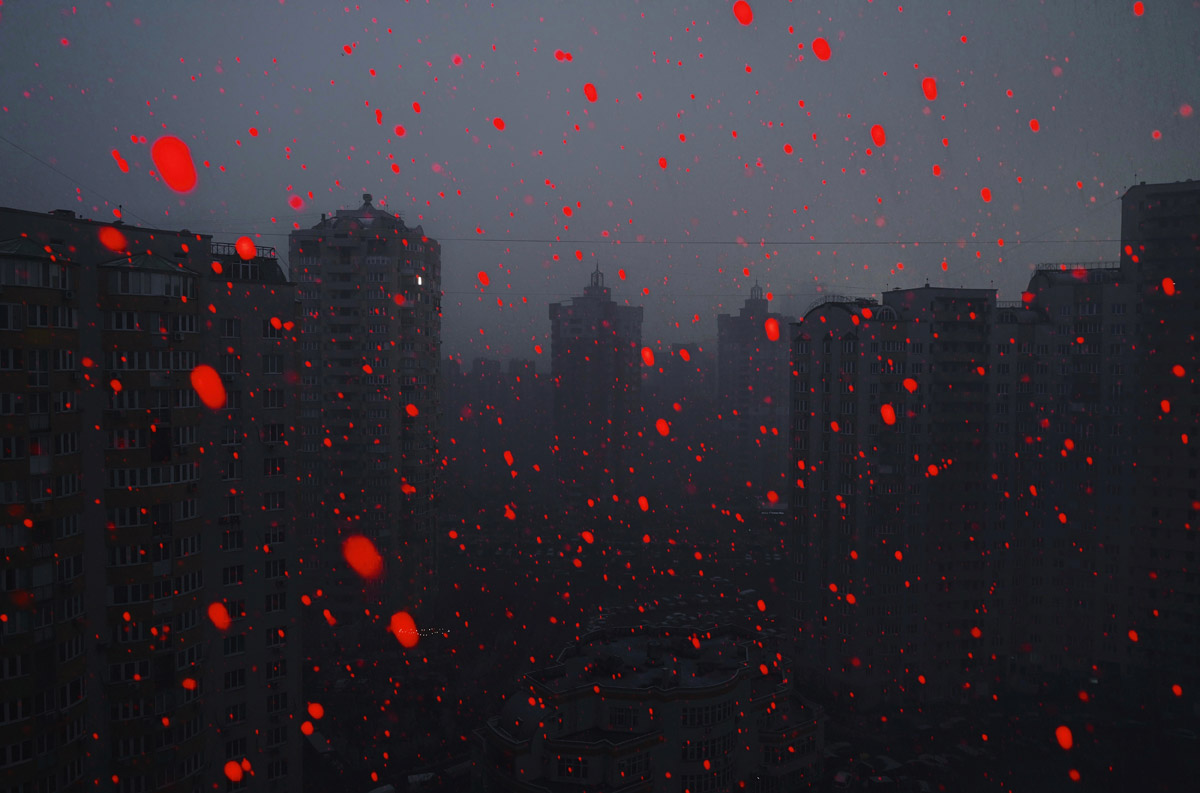
You wouldn’t think a cryptocurrency could create this amazing social network but it has. You have a collector and an artist and the collector has bought the artist’s work and now they’re talking and the collector has said I value your work and now it’s written publicly on the blockchain. That has much more connection power than a like or a comment on an Instagram post. That’s been amazing to see.
Join our Secret Email Club
Our weekly newsletter filled with interesting links, open call announcements, and a whole lot of stuff that we don’t post on Booooooom! You might like it!
Sign UpRelated Articles

